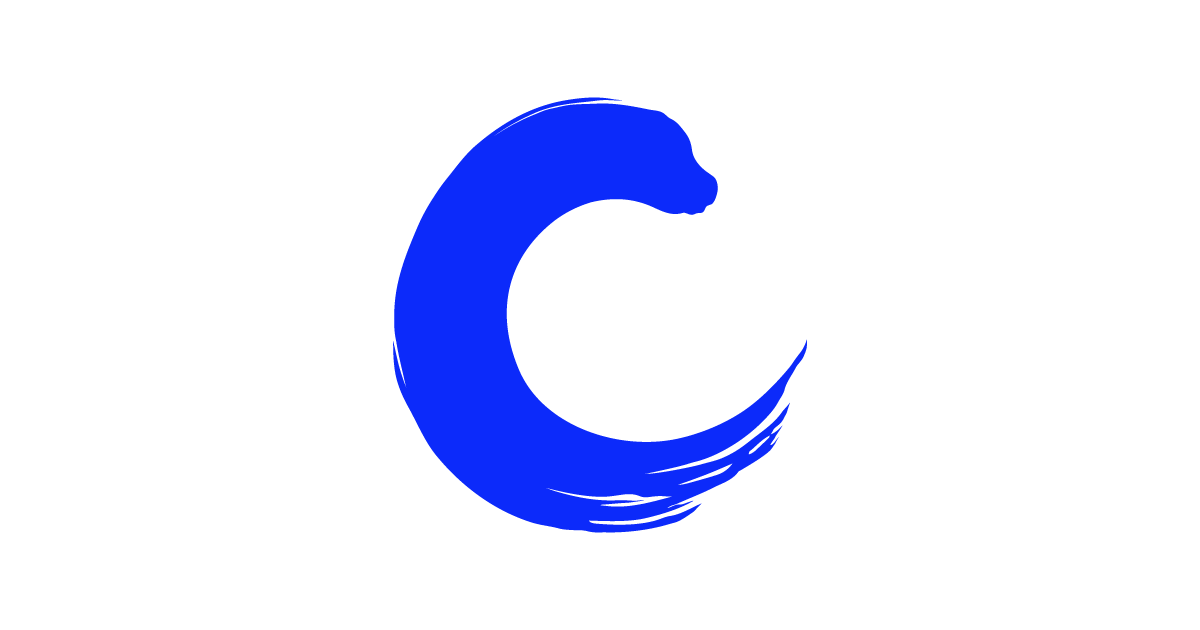DEI community.
Build a community to bring DEI to life and create enthusiasm for it throughout your organization. From creating ambassador teams, networks, or ERGs (Employee Resource Groups) to learning circles and buddy projects, there are many ways.
The common goal is to create platforms and opportunities for employees to discuss and debate DEI-related topics, exchange experiences and gain new insights. If you create a safe space to do so, community members will spontaneously come up with ideas to increase inclusion.
”The strength of a DEI community is its agility and capacity to evolve with the concerns of its members.” (Pascale Ameye, Inclusion Now Community Manager)
Let’s explore best practices from three ways to build community:
- Creating Employee Resource Groups (ERGs).
- Setting up DEI networks.
- Starting the conversation.
Action 1: Create ERGs.
“Employee Resource Groups (ERGs) are voluntary, employee-led groups that foster a diverse, inclusive workplace aligned with organizational mission, values, goals, business practices, and objectives.” (Catalyst, 2022)
ERGs are about group identity, gathering employees with shared interests or concerns regarding their gender, ethnicity, age, sexual orientation, seniority, desire to become leaders or experts, etc.
Most ERGs meet regularly to discuss topics, inspire each other, and organize events and training. As a result, they are an effective tool to drive organizational change.
For group members, ERGs provide an opportunity to connect, share, discuss, network, and learn by discussing topics they find important and relevant to discuss at work. ERGs are also a safe space to find allyship and support from like-minded colleagues with shared experiences.
For other employees, ERGs create an opportunity to engage in allyship. When ERGs organize meaningful events open to all, they allow others to learn about their unique experiences and what kind of support allies can provide.
For the organization and leadership, ERGs are a great source of information.They are an exciting platform to listen to employees: their experiences, common barriers, challenges, needs, and what the organization can do to support them. ERGs also work on professional development, ideal for forming future leaders, getting employees engaged, and expanding marketplace reach.

ERG meetings are usually members-only, ensuring a safe space for employees with similar experiences. However, consider welcoming all employees when organizing events, talks, or workshops.
ERGs can educate others about their members’ experiences, spotlight their strengths or barriers they experience, and welcome a diversity of opinions and points of view into the discussion. The result is a richer conversation and a broad audience to voice their concerns in the organization.
- Allocate time and budget.
ERG membership is voluntary. The most significant resources ERGs have, are the efforts of their members.
If you expect ERGs to impact your organization’s culture, allocate budget and dedicated, paid working time to them. Doing so opens possibilities to invite external speakers, organize high-impact inspiring events, provide training, etc., all beneficial to your organization.

If your organization has or would like to create multiple ERGs, reflect on how you will allocate the budget.
Do all ERGs receive funding? Is there a difference in how much budget is allocated? Is it linked to specific requirements? For example, is a set amount given annually, or should ERGs apply for funding on a project basis?
As an organization, do you value each ERG equally? Then, make sure a fair budget allocation reflects this.
- Engage an executive sponsor.
One known challenge for ERGs is the lack of alignment between a group and company leadership. A way to bridge the gap between the two is to appoint an executive sponsor. That should be a senior leader who is actively engaged in an ERG. They can drive the group’s efficacy and connect its mission to your organization’s goals.
Appointing an executive sponsor can help give weight to the ERG, validate employee experiences, and show that you are supportive as an organization. It also creates a direct feedback loop to top leadership.
An executive sponsor can take on different roles, each providing a specific kind of support for the ERG and its members:
- Strategists help the group articulate its mission, vision, and goals and ensure they align with overall business objectives. They are critical to informing the group’s structure and governance and ensuring its initiatives are impactful.
- Evangelists are passionate leaders who advocate for the ERG on issues and promote the ERG and its initiatives to executives and middle managers.
- Innovators are well-positioned to help procure much-needed resources for the group and push leaders and members to approach obstacles in new ways.
- Brokers help push the ERG forward by making connections within and outside the organization, ensuring group leaders understand the organization’s priorities, and helping to procure funding for the group.
- Mentors teach professional and leadership skills and provide career advice to ERG leaders and members. (Onuoha, 2021).

It might sound obvious, but it is essential:
When engaging an executive sponsor for your ERG, try to find someone with a personal connection to the group. The shared identity of both your sponsor and your ERG members will make it easier to connect and maintain the safe space you have created.
If no one in your executive committee shares an identity, check how deep allyship runs. But, again, you need a sponsor’s full support to benefit from it.
- Coordinate.
Organizations that have multiple ERGs can notice competition between groups.
When ERGs are based on a minority group identity, this can result in a campaign for recognition of experiences and visibility in the organization. Playing out who has the least privileges can quickly become a way to acquire attention and resources.
Appoint someone to coordinate all ERGs to ensure equal treatment and to avoid conflict.
Use this checklist: Columbia Business School. (2022). Diversity, Equity, and Inclusion Event Planning Checklist.
Action 2. Set up a DEI network
A DEI network is a community of DEI advocates. Unlike an ERG, it does not connect group members based on a shared identity but on a desire to contribute to an organization that fosters diversity, equity, and inclusion.
A DEI network acts as an umbrella. It does not exist for the benefit of one employee group. Of course, minorities or underprivileged groups are likely to benefit most from the work of the network, but activities should have added value for all employees. As a result, groups without ERG representation, e.g., caregivers, also receive a platform from time to time.
The activities of a DEI network can resemble those of ERGs: inform, support, create a space to exchange experiences, etc. The core activity, however, is different: aiming for structural impact and facilitating sustainable change towards a culture of equity and inclusion.
That means influencing policies and practices at the highest level of the organization.
3 Tips for a successful DEI network.
- Invite a mix of colleagues: Aim to represent your entire workforce. Invite them to participate actively. Invite colleagues from different levels to join to create sustainable change and expand your influence.
- Exchange with ERG representatives: Identify those that are already engaged towards DEI. Help each other out by amplifying messages and taking each other’s perspectives into account when advocating for structural change.
- Get a seat at the table: Make sure to have a seat at the table to have an impact. Ask if you can regularly update top leadership with new insights or input that is valuable to share. If possible, collaborate closely with your CDO (Chief Diversity Officer) or DEI team.

Should you invest in ERGs or a DEI network?
Both have their unique purpose:
- ERGs: tending to the needs of specific groups and creating a safe space for minority employees to connect
- DEI network: bringing together employees that want to work on inclusion for all
Some organizations even have an ERG that functions like a DEI network.
You do not need to become an ERG member to be an ally who wants to learn about colleagues’ experiences and support DEI. Instead, reflect on what employees need and find ways to create deeper allyship in your organization.
Action 3. Starting the conversation
Starting the conversation is essential to building community and engaging employees to become allies.
Overall, people can be reluctant to discuss diversity, equity, and inclusion-related topics at work.
- They are sensitive topics. Discussing them means being vulnerable, sharing something personal, and giving insight into what you find important
- They are part of the taboo sphere. You might wonder: “Is this something we should discuss at work. Can I share this with my co-workers?”
- You might feel discomfort when confronted with DEI issues if you belong to the majority. You may not feel entitled to have an opinion about something you have not experienced personally or feel guilty because of your privileged position.
- Belonging to a minority or underrepresented group in the organization does not mean you want to act as a spokesperson, be seen as a stereotypical token, or want to be held responsible for driving change.
- You might feel disengaged and fatigued because advocating and starting the conversation previously resulted in resistance, not change.
Quick Start Guide.
Starting a conversation on DEI that causes resistance or that is dominated by one strong voice will not get you the outcome you want. Therefore, the leader as a facilitator and the team as participants have different roles.
As facilitator:
- Ask questions to understand and avoid assumptions.
- Listen actively, and paraphrase what people have said.
- Make sure everyone contributes equally and share speaking time.
Share the following 6 points of agreement with the participants before you start a discussion.
As participant:
- Be curious & open-minded.
- Respect every voice, experience, and point of view.
- Speak from experience and be respectful of others who do the same.
- Avoid judgment, guilt, or blame.
- Instead, examine your thoughts, feelings, and assumptions.
- Take ownership of your participation, be purposeful, and take responsibility for the quality of the conversation.

Before starting the conversation, ask participants to agree with these 6 points actively. As a facilitator, this is your instrument. Remind participants of the agreement whenever you feel the conversation derailing.
Become a DEI expert.
This is a collection of articles that allows you to take a deep dive.



